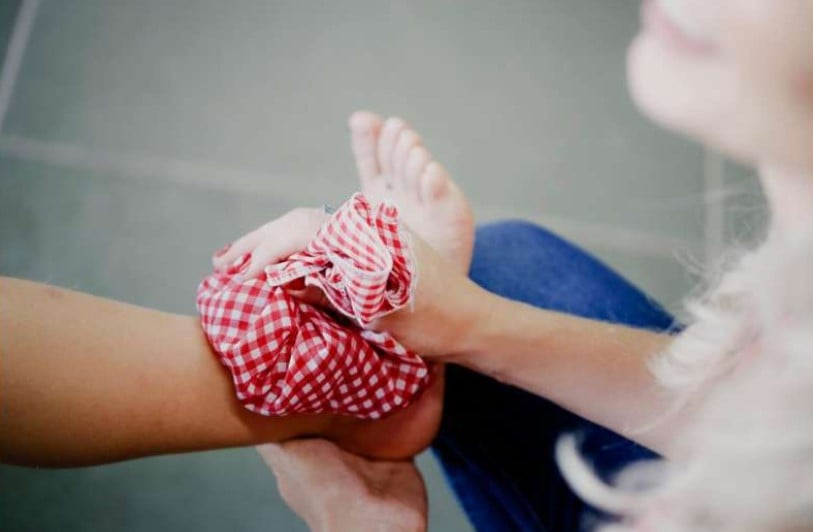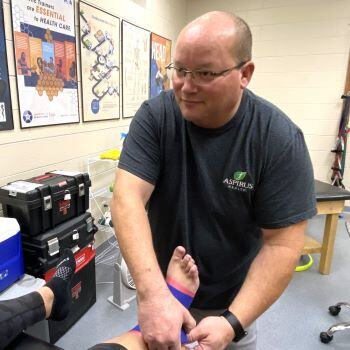New Study Helps Explain Post-COVID Exercise Intolerance
 A recent study by Yale researchers, published in ERJ Open Research on December 15, has provided groundbreaking insights into exercise intolerance, a common symptom of long COVID. This study is a significant leap in understanding post-COVID exertional intolerance and offers new directions for future research and patient care.
A recent study by Yale researchers, published in ERJ Open Research on December 15, has provided groundbreaking insights into exercise intolerance, a common symptom of long COVID. This study is a significant leap in understanding post-COVID exertional intolerance and offers new directions for future research and patient care. Exercise intolerance, the inability to perform physical activity at an expected level, has been a persistent issue for some patients recovering from COVID-19.
Exercise intolerance, the inability to perform physical activity at an expected level, has been a persistent issue for some patients recovering from COVID-19.
Typically, when a patient reports symptoms like shortness of breath or exercise intolerance, standard tests like CT scans, echocardiograms, or pulmonary function testing are conducted. However, these often fail to identify heart or lung limitations in long COVID patients.
In these instances, a more advanced evaluation called invasive cardiopulmonary exercise testing (iCPET) is utilized. Yale is among the few places in the United States offering iCPET, where pressure-sensing catheters are inserted into the pulmonary artery and an artery in the wrist. As patients exercise, various physiological activities are tracked, revealing how well the heart, lungs, blood vessels, and muscles function.
In the study involving 55 patients evaluated for post-COVID exercise intolerance, 41 showed no initial evidence of heart or lung limitations. These patients then underwent iCPET. "We found that despite the fact that the heart was pumping oxygenated blood, the extraction of oxygen by the body's tissues was compromised in patients with symptoms of exercise intolerance after COVID," explained Peter Kahn, a pulmonary and critical care fellow at Yale School of Medicine and the lead author of the study.
This study follows earlier research that provided molecular insights into the origins of exercise intolerance. Phillip Joseph, assistant professor of internal medicine at Yale and a co-author of the study, emphasized the importance of validating patients' experiences. He noted that most patients find relief in understanding that their symptoms are based on a real, physiological abnormality.
The findings contradict the myth that symptoms are due to deconditioning and suggest a clear physiological abnormality underpinning the patients' experiences. While iCPET is invasive and not widely available, the insights it provides pave the way for less invasive diagnostic testing and targeted therapies. "Our findings not only offer a mechanistic insight but also open doors to consider less invasive diagnostic testing and begin focusing on targeted therapies," Kahn added.
This research is a significant step forward in understanding and managing post-COVID exertional intolerance, providing hope for improved diagnostic and treatment options for long COVID patients.
Download the PDF to read the full study!
![HR Logo [Recovered]_Full Color Vertical-1](https://blog.healthyroster.com/hs-fs/hubfs/HR%20Logo%20%5BRecovered%5D_Full%20Color%20Vertical-1.png?width=199&height=178&name=HR%20Logo%20%5BRecovered%5D_Full%20Color%20Vertical-1.png)
 By
By


